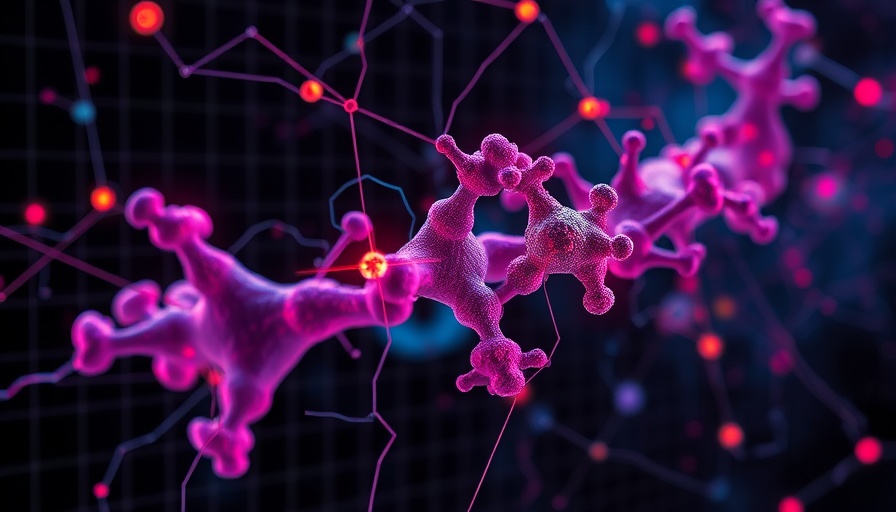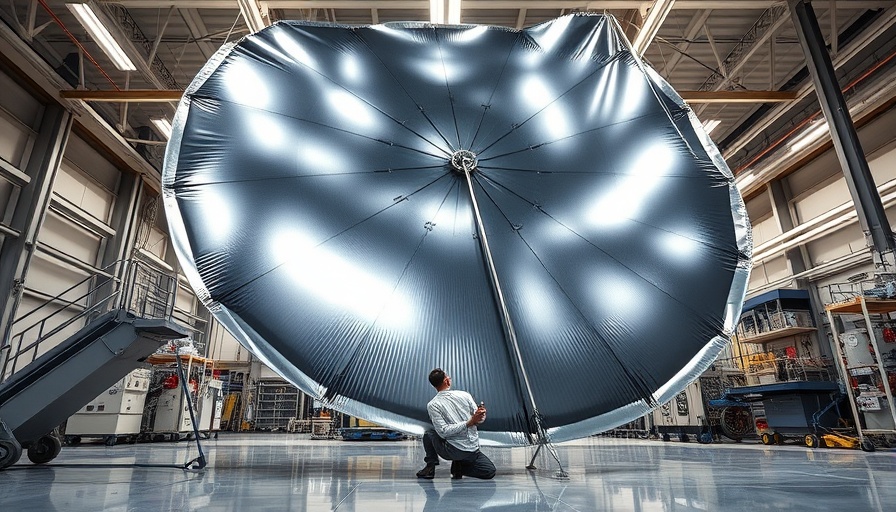
Revolutionizing Protein Engineering with AI Technology
The future of biotechnology is here with the advent of a groundbreaking model named ProDomino, developed by a dynamic research team at Heidelberg University. This innovative tool is set to revolutionize the way we engineer artificial proteins, allowing for enhanced functionalities and new applications across various fields.
Understanding the Importance of Proteins
Proteins are often referred to as the "molecular machines" of cells, driving critical biological processes that sustain life. They are made up of smaller units called domains that work together seamlessly. Just like a well-crafted machine, each domain serves a specific function, whether it’s responding to external stimuli or catalyzing necessary chemical reactions. The ability to design and combine these domains offers vast potential for creating proteins with customized capabilities.
The Role of AI in Protein Design
At the heart of ProDomino lies an advanced AI algorithm that facilitates the prediction of how protein domains can be architected to create entirely new proteins. Inspired by nature’s evolutionary processes where proteins emerge from existing domains recombining in novel ways, researchers utilized extensive protein datasets—boasting over 100,000 unique proteins—to train their model. This rich data set became the backbone of ProDomino, enabling it to forecast the best combinations for desired protein functionalities.
Biotechnology Innovations Through Hybrid Proteins
One of the most exciting applications of ProDomino is its role in developing hybrid proteins that harness multiple functionalities. For instance, researchers successfully combined chemosensitive protein domains with CRISPR-Cas - a well-known genetic editing tool. This innovative blend allows for precise control over cellular processes, increasing the safety and efficiency of gene modifications. With ProDomino, the possibilities for protein engineering appear limitless, paving the way toward innovative therapeutic approaches and biotechnological advancements.
Implications for Medicine and Beyond
The applications of this technology extend well beyond academic research. As ProDomino proves its effectiveness in producing tailored proteins, industries ranging from pharmaceuticals to agriculture stand to benefit immensely. For example, engineered proteins could lead to more effective drug delivery systems, environmentally-friendly pesticides, and even synthetic enzymes for industrial processes. This not only showcases the versatility of biotechnology but also its potential to address significant global challenges.
Practical Insights for the Next Generation of Biotechnologists
As we move deeper into the era of biotechnology and AI integration, aspiring scientists and innovators should consider embracing tools like ProDomino. By equipping themselves with the knowledge of protein engineering and AI applications, they can shape a future that tackles the pressing health and environmental issues humanity faces today. Education in biology and biotech will become even more crucial as the demand for skilled professionals in this field continues to rise.
Conclusion
The work led by Prof. Dr. Dominik Niopek and his team not only showcases the remarkable potential of AI in biology but also serves as a pivotal moment for future technologies in biotechnology. As we stand at the forefront of these advancements, it is essential to keep an eye on the evolving landscape, where the fusion of biology and innovation fosters solutions to some of humanity's greatest challenges.
 Add Row
Add Row  Add
Add 




Write A Comment